Paver Base Material (6 Types to Use & Avoid)
In this paver base material guide, you’ll discover what it is, the different types to use and to avoid, the ideal amount of base material to use, and the best paver base thickness.
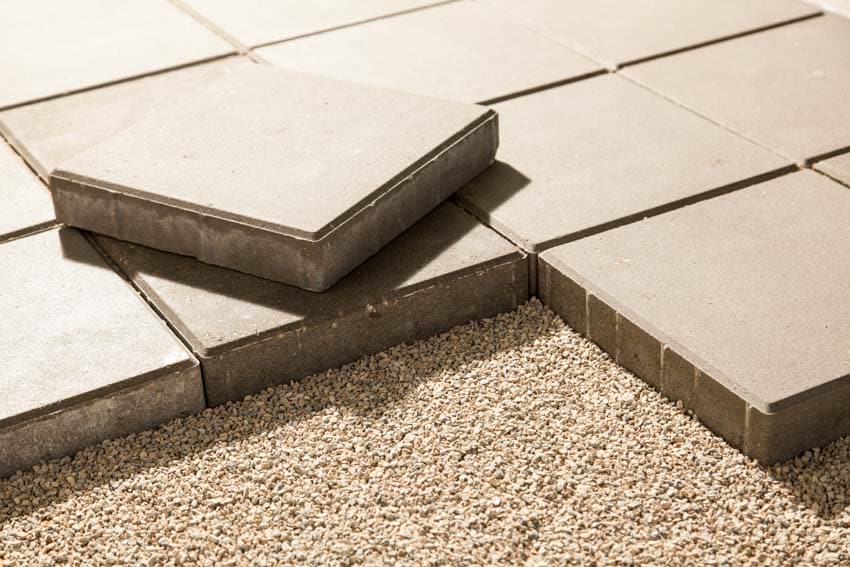
A great way to make your outdoor space enjoyable and visually appealing is to build a patio. Patios, driveways, and other similar hardscapes outside your home will require pavers. Pavers need a base to keep them stable. If you’re going to hardscape, you might as well make sure that you build it right.
The very first step when creating a backyard patio is ensuring that you have the right paver base to build on top of.
What Is Paver Base?
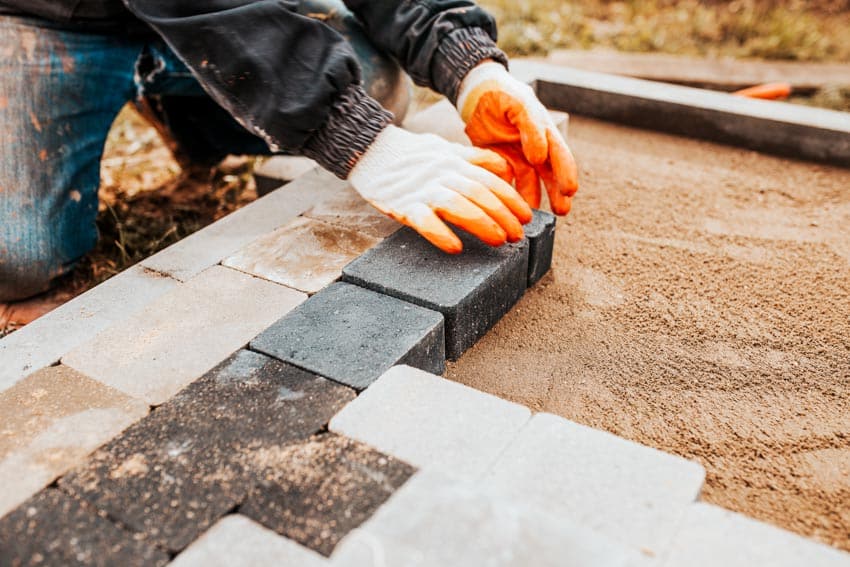
A paver base is basically a layer of aggregate material that can run anywhere from 3 to 6 inches and becomes the foundation of your paver patio. This is dry-laid so that your actual pavers have a strong and solid base to adhere to. When a paver base is properly sloped and compacted, you can be assured that your pavers will be stronger, more durable, and far more stable.
This will also mean that your pavers will not end up sinking due to poor drainage, as there is added porosity in the soil that will allow the moisture from underneath to escape to. Paver bases will keep your pavers looking clean and crisp and wear less over the years.
Choosing the best and most suitable paver base is crucial. This ensures that the foundation for your pavers is something that will not shift over time. Here are the most common paver base materials you can choose from:
Crushed Stone Base
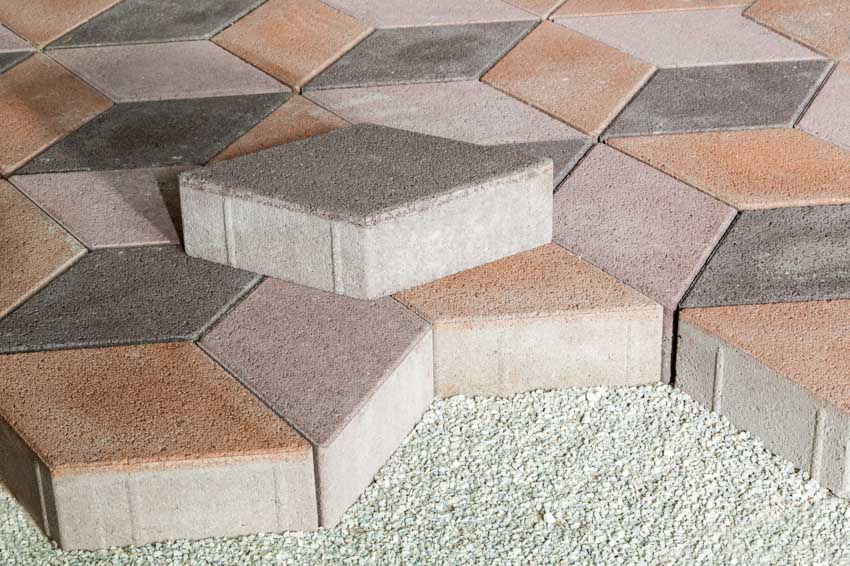
This material is a great option for you to consider if you are planning to use your patio and other hardscaped areas regularly and fairly extensively. It’s perfect for high-traffic areas or for areas that are frequented around your home.
A crushed stone paver base is something that is solid, stable, and meant specifically to carry heavy loads. They make for excellent paver bases and are hands down one of the best materials for you to consider at the end of the day.
Paver Gravel Base

A paver gravel base is something that is highly practical and cost-efficient. As a matter of fact, it is so durable that it can even function as a paver itself when compacted properly and when paired with the right binding materials. Although, of course, we don’t recommend it that much. It is still best if you use it as a base and then have pavers on top of it.
Gravel is an aggregate and is considered to be coarser compared to the other paver base materials. Gravel can be made out of whatever local rock is available in the area. It is at times nicknamed as crusher rock or roadbed gravel, even.
The most common type of gravel available is the ¾ minus gravel. However, you can actually get it in a coarser variant of 1 ½ inch sizes or so. This material is much rougher and considerably cheaper than ornamental gravel. However, its advantage is based exactly on its coarseness.
Because of its relatively unfinished quality, it has random rugged shapes that can interlock tightly together, especially when they have been heavily compressed. What this creates is a highly stable and solid base. Smoother aggregates can’t really deliver this for you.
Another cost-effective variant for this is recycled gravel. It is a material that’s more environmentally friendly as it’s sourced from previously used concrete that has been crushed up and converted into a paver base material.
There are 3 main types of gravel to choose from fine, medium, and coarse. It all depends on what type of use you have intended for it. High-traffic areas require coarser textures or sizes. This is for added compaction and stability.
Paver Sand Base
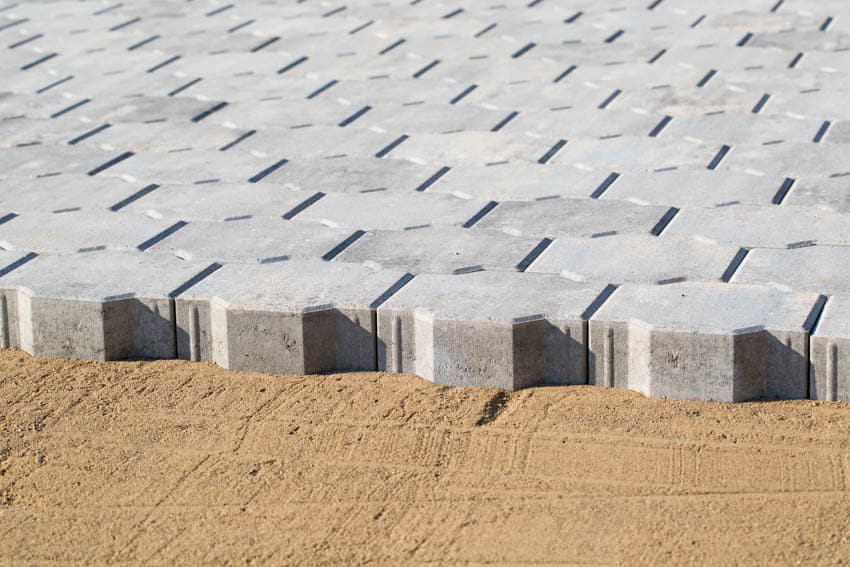
Paver sand is a great material to consider as a paver base if you are looking for a material that will easily allow water to seep through from underneath. Because of this, it is highly valued for its highly porous qualities.
However, one thing that you need to keep in mind is that it isn’t something that ought to be heavily used. Sand doesn’t really work well as a paver base for high-traffic hardscape areas such as driveways and the like.
You can use some types of sand for landscaping projects, however, if you do use this material, it should be coarse concrete sand that allows for adequate drainage.
Paver Pads
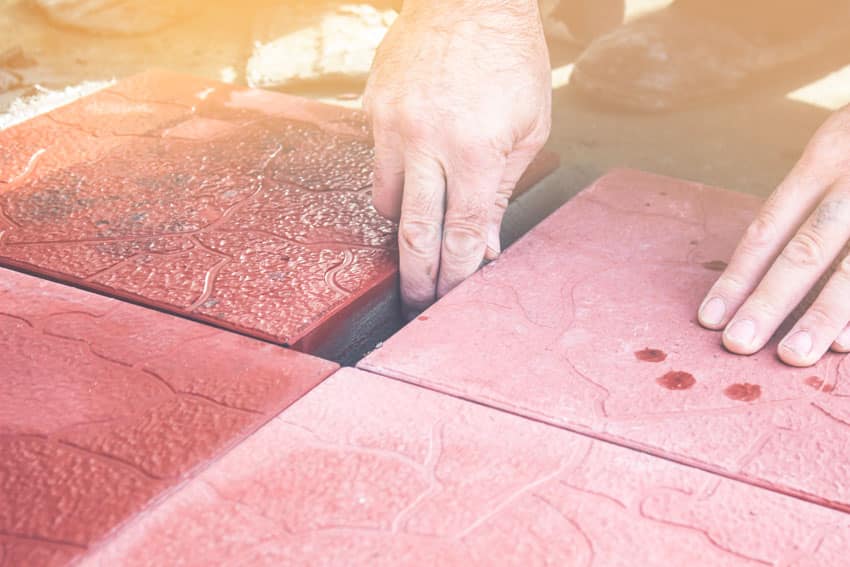
Paver pads are oftentimes made out of compacted gravel. They are typically 6 inches in depth. They can also be made out of plastic. How this works is that they have shiplap or tongue and groove edges that interlock to each other. This results in a seamless and flush-looking finished appearance.
Paver pads are highly effective. This is because of the fact that even if they are lightweight they can afford to take heavy loads because the weight is being spread out or being distributed widely. The load distribution lessens the pressure on the soil underneath. This is great for keeping the pavers even for prolonged periods of time.
On top of being a great paver base, they also offer the added benefit of providing a layer of insulation. This reduces any problems you may have with the soil should it freeze or thaw out at certain times of the year if you happen to be in an area that experiences snows or harsh winters.
Hence, the consensus is that paver pads work as efficiently as compacted gravel when it comes to their load-bearing qualities, with the added advantage of providing a thermal layer for your pavers.
They also require less digging and less time for installation and ultimately eliminate the need for a heavy gravel fill. You end up with reduced costs for digging and hauling. You also get to minimize damage to the landscape, which is typically caused by excavating equipment.
Stone Dust (Avoid)

Stone dust is a type of paver base material that you ought to avoid as much as you possibly can. This isn’t a baseless recommendation. There are legitimate reasons and concerns over using stone dust as a paver base.
For starters, it has an extremely fine texture. This is why this is regarded as “dust” in the first place. This material can’t be compressed or compacted properly. And even if you do, it provides little to no drainage support at all.
If you are cutting it short with your budget, you can probably opt to use stone dust for light traffic areas, such as the different types of patios, gazebos, and the like; but nothing heavier than that.
Compacted Soil (Avoid)

Compacted soil is another paver base material on the list, but if we are to speak candidly, we highly recommend that you avoid using it at all costs. A paver base made out of compacted soil is something that can easily shift and sink over time.
This all depends on the time and season. Unless the soil is something that has been properly and professionally compacted and cleared from all sorts of weeds and vegetation, it would be best to just go ahead and avoid it completely.
Opting for compacted soil as a paver base could lead to pavers that will eventually sink or “escape” from their areas of arrangement over time.
How Much Paver as Base to Use
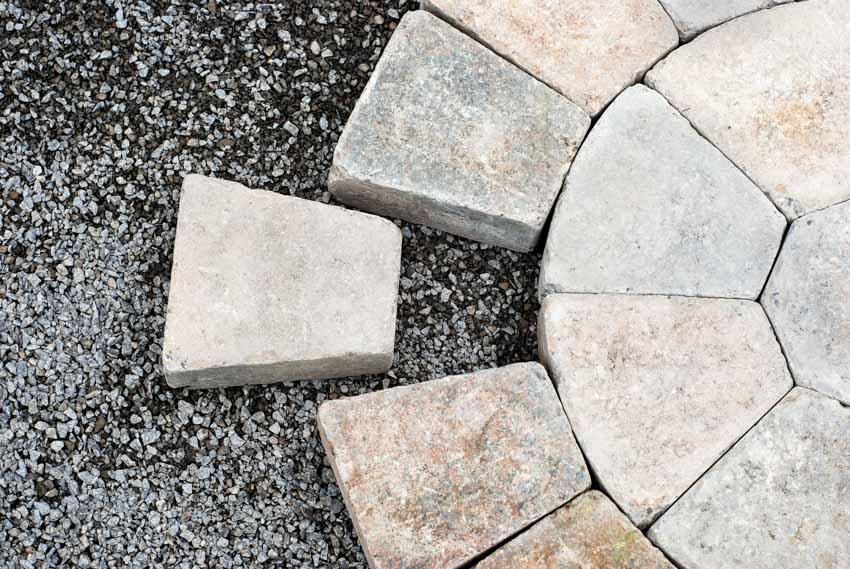
The first thing that you need to figure out when you are planning to install pavers around your home’s exteriors is how much material you will actually need in the first place. Remember that pavers aren’t the only things you will end up buying. You will also need sufficient materials for the base in order for the installation to go on properly and without a hitch.
If you aren’t sure about how much material you will need, there’s no need for you to worry. There are actually a few things you can do in order for you to come up with a quick estimation.
Start off by calculating the area’s total square footage. You can get your planned patio size by multiplying the area’s width by the length. (Do this in feet). Once you have the square footage of the area, multiply that figure by 0.012345.
The result of this calculation will equate to the amount of paver base you will need in terms of cubic yards. Try to make sure that you get to keep track of the units of measurement being used in these calculations.
This calculation will give you a 4-inch thick base for your pavers. This is a standard depth requirement. If you need it for a high-traffic area such as the driveway, though, we recommend that you double the calculation so that you get to double the depth of the base to 8 inches instead of 4. So, instead, you multiply the square footage of the area by 0.02469.
For the sand needed, multiply the square footage of the area by 0.00309. This will yield a 1-inch layer of sand. This is a constant calculation no matter how deep your rock base will turn out to be.
Next, you need to determine how many pavers you will actually need. Think about the sizes of your pavers. If you’re getting 4×8-inch ones, you will need 4.5 pieces of pavers for every square foot if your projected area.
If you are using 3×7 or 3×8 ones, you will need 5.2 avers for every square foot. Multiply this figure by the actual number of square feet you have for the area in order for you to come up with a finite number of pavers needed.
Most stores sell their materials either by cubic yards or per bag. Each bag contains around 3 cubic yards, give or take. Make it a point to buy in excess of 5 to 10 percent of what you will actually need. You will need some extras to fit into uneven spaces or curves.
How Thick Should Base for Pavers Be?
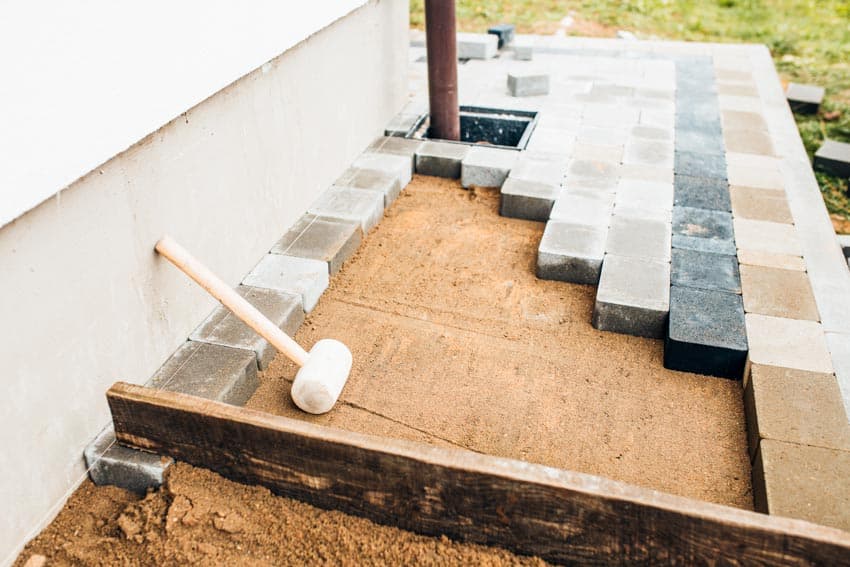
The paver base thickness is pretty standard and generic. As a rule, you should keep it at around 3 to 3.5 inches or so. This means that you will need to dig at a base depth of 9 inches or so. This will allow you to properly accommodate any paver size you choose to have on any given day.
As a side note, while creating your own paver base can be a DIY project, it is rather labor-intensive. Rather than take it on all on your own, for most homeowners, this is the type of project that requires the expertise of seasoned contractors.
Crushed Stone Vs Gravel Base
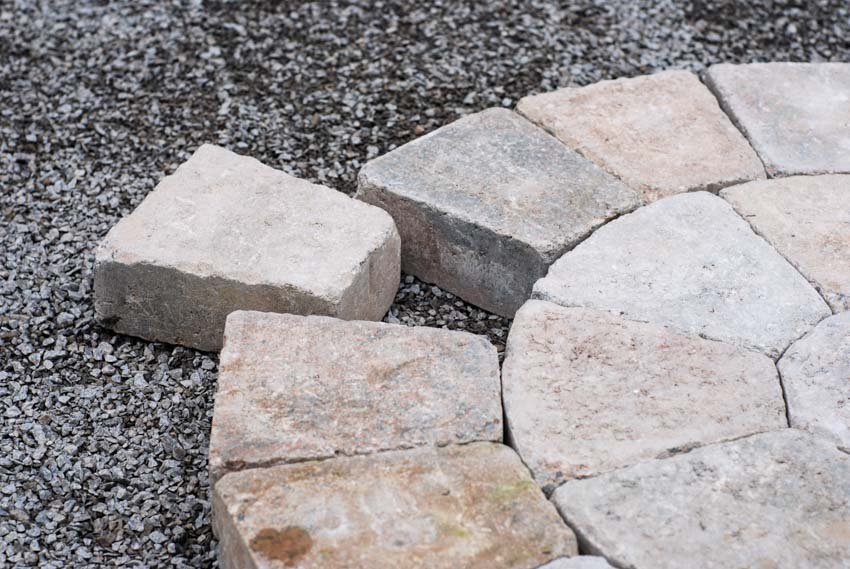
Crushed stone and gravel used as paver bases have critical differences that you really need to know about. Let’s start off with gravel. It is comprised of loose stone fragments that are formed either from the erosion of larger rock pieces or from weathering over prolonged periods of time.
These fragments accumulate in sea beds, lake beds, or river beds. They usually need to be dredged out or dug up. Their sizes can range from fine to medium to coarse. As gravel is naturally formed and has been exposed to the elements, its particles are usually smoother and pebble-like in quality as opposed to the texture of crushed stone.
Crushed stones, on the other hand, are loose aggregate materials that are typically comprised of fragmented rocks. The main differentiator is that the crushed stones are a product of quarrying, which means that they are mainly man-made. Gravel, on the other hand, is something that has been formed naturally.
In conclusion, as paver bases, they are kind of the same, but not really. They are similar in appearance and use, but the crushed stone is more jagged, angular, and defragmented. Crushed stones make for a better base because they pack well and tightly together, providing a more stable base.
Gravel is loose and less stable because of the smooth texture of the materials. Often, gravel is used as an inexpensive DIY patio. Since it can freely move, it’s a good idea to use some form of border to keep it from moving too much. See pictures of different gravel patio ideas here.
Aggregate Stone Base Vs Paver Sand
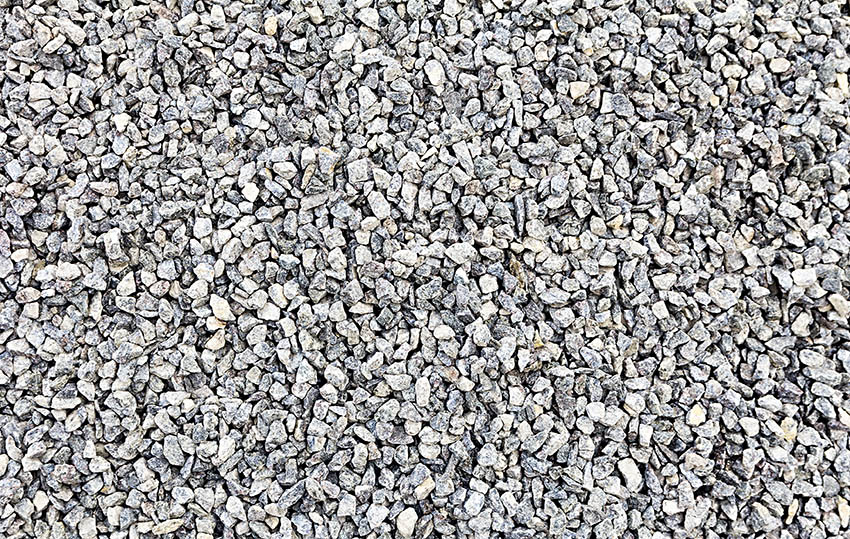
Sand is a material that’s been formed naturally and is in abundance all over the world. It is broken down into fine particles by the elements of erosion: wind, water, basic weathering, or a combination of everything.
Coarse concrete sand makes for a good paver base material because, unlike other materials, it will not wear your pavers down over time. It provides a perfect balance of durability and compaction. It also adds in the benefit of providing drain moisture because of its inherent porosity.
When compared to crushed aggregate stone through, sand is a material that builders will deem as inferior. This is because sand will shift along with the movement of the topsoil. At the end of the day, it all depends on what your use for it will be. If you want it as a base for your patio, pool area, and other low-traffic and low-weight areas, coarse concrete sand will do just fine.
However, if you need it for your driveway or other similarly load-bearing areas, crushed stone will work better as it has better tolerance for the heavyweight.
What Gravel Size to Use for Paver Bases?

Deciding on the size of the gravel that you need as a paver base will all depend on your intended use for it in the first place. There are other things you need to consider on top of all this.
For example, what kind of climate do you actually have in the area? What kind of pavers are you thinking about layering on top of it? Here are the basic gravel sizes so far:
Fine gravel: They compact easily and can form an almost solid base. The downside to this is that they compress so tightly, making drainage fairly minimal. Fine gravel is recommended if the purpose is to bear the weight of heavy foot traffic and furniture alone. Anything heavier than that isn’t recommended.
Medium gravel: This is the most popular coarseness among the gravel sizes. It compacts tightly but not as tightly as fine gravel. This means that you have enough room for proper drainage. If you have loam soil or something similarly porous, medium gravel will work well for you.
When layered on for about 6 to 8 inches thick, it can take in the weight of most cars so it’s safe to have in a residential driveway.
Coarse gravel: This is recommended for the types of driveway pavers that hold 2 or more cars at any given time. if your yard is known to be exposed to a lot of rain and has poor soil drainage or runoff water; this is the best paver base to opt for out of all of the other gravel sizes. This gravel size can support the heaviest loads and promote optimum drainage for the soil underneath it.
How Much Paver Aggregates Do I Need for the Base?
Here’s the breakdown:
- Measure the area. Multiply the length and width of the project (in feet) to get square footage.
- Pick a base depth.
- Walkways & patios (4 in. base): multiply the square footage by 0.0123 to convert to cubic yards.
- Driveways & other heavy-load areas (8 in. base): multiply by 0.0247.
- Add a safety margin. Buy 5 – 10 % extra to allow for compaction, minor grading, and waste.
Again, in conclusion, determining how much paver base you will actually need will all depend on how big your area is in terms of square footage. The calculation is that if you want to come up with a 4-inch thick paver base, you take your area’s square footage calculation and multiply it by 0.012345.
If you want to go on thicker because you are expecting a heavier load such as for a driveway that will hold multiple cars, the recommendation is that you go ahead and double up on this calculation.
You can easily come up with this type of calculation by multiplying your square footage by 0.02469 instead of 0.012345. Whatever you figure you come up with, it will equate to how much paver base you need based on cubic yards.
As a gentle reminder, it is always better to have an excess of materials instead of ending up lacking. When purchasing your paver bases, make sure that whatever calculation you came up with, add in around 5 to 10 percent more on top of the actual figure.
For a U.S.-friendly example, imagine a 100-square-foot driveway. A heavy-duty base for vehicle traffic is usually 8 inches thick, so multiply the area by 0.0247 to convert to cubic yards:
100 sq ft × 0.0247 = 2.47 cubic yards
Add a 10 % buffer for settling and minor grading:
2.47 cu yd × 1.10 ≈ 2.72 cubic yards
Most home-center “paver base” or compactable gravel bags hold about 0.5 cubic foot (≈ 0.0185 cubic yard). To cover 2.72 cubic yards, you’d need:
2.72 cu yd ÷ 0.0185 cu yd per bag ≈ 147 bags
Because so many bags get expensive fast, it’s usually cheaper and easier to order roughly 3 cubic yards in bulk from a landscape-supply yard and have it delivered.
See more related content in our article about brick paver dimensions on this page.


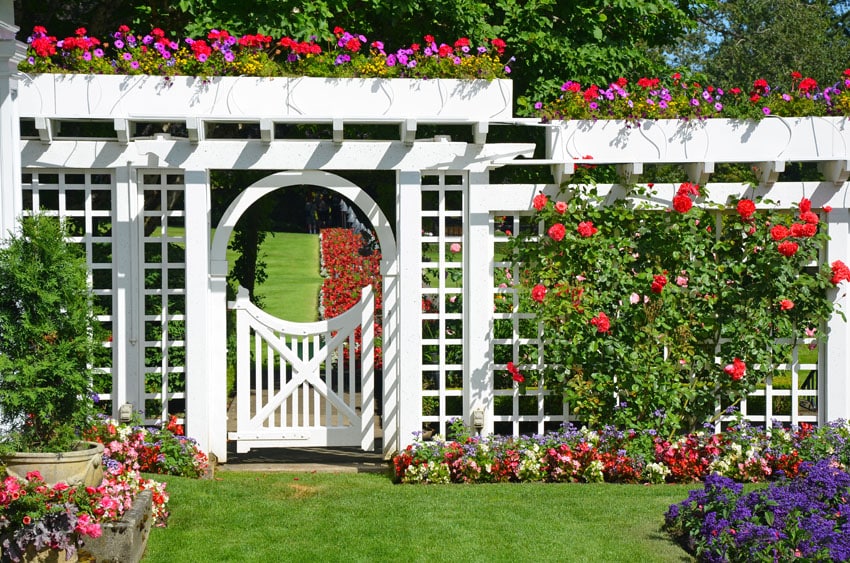
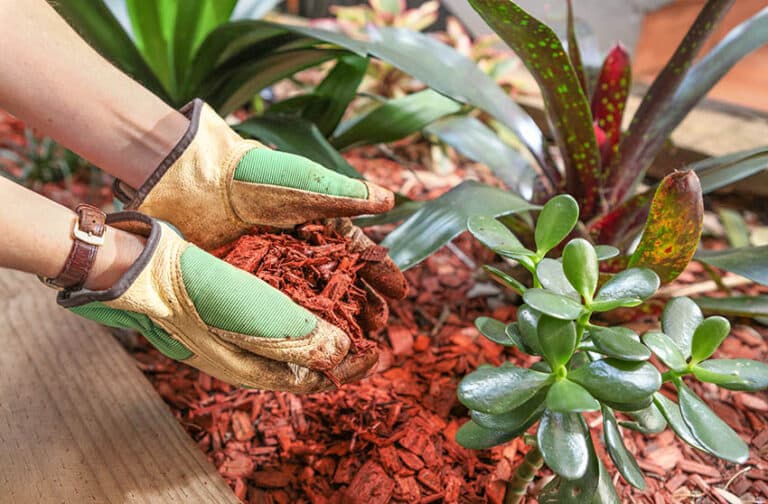
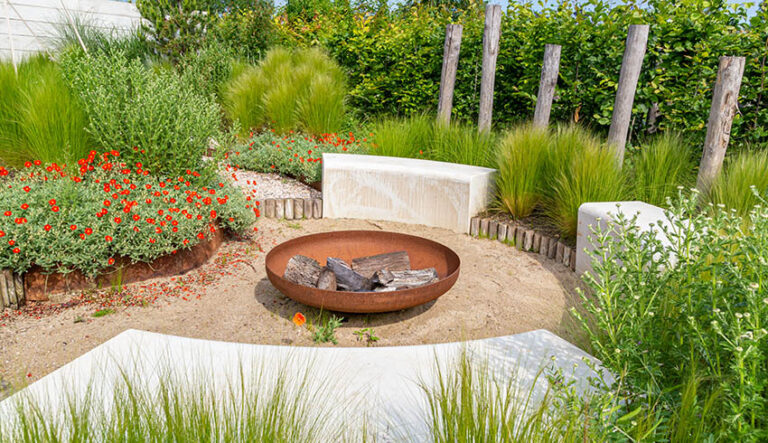
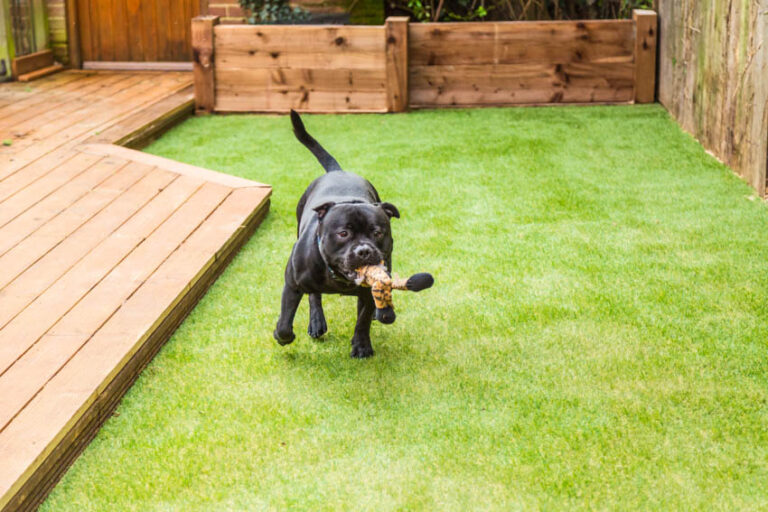

I have an area of my garden at the side of my garage with a gentle sloping arc towards the front gate (that accesses the garage). The said area is earth only but when it rains the water runs down the slope towards the front gate taking with it muddy deposits that accumulates at the gate. I want to do a paved walkway at the side where I would place slabs at along the walkway filling in the spaces with stone. Would I need coarse gravel as the paver base and if so how deep should I go with base to ensure optimal drainage? Thanking you in anticipation.
That would be a six ton bag, measuring 3 feet wide x 3 feet long x 9 feet tall.
You said “If we go to the store and buy by the bag, one bag will usually have 3 cubic meters of material. That means that we can comfortably go home with just one bag. ” That would be a heavy bag, 6 tons.
Hi Jim, thank you for pointing that out. I’ve hopefully cleared up the language used, so it makes more sense.